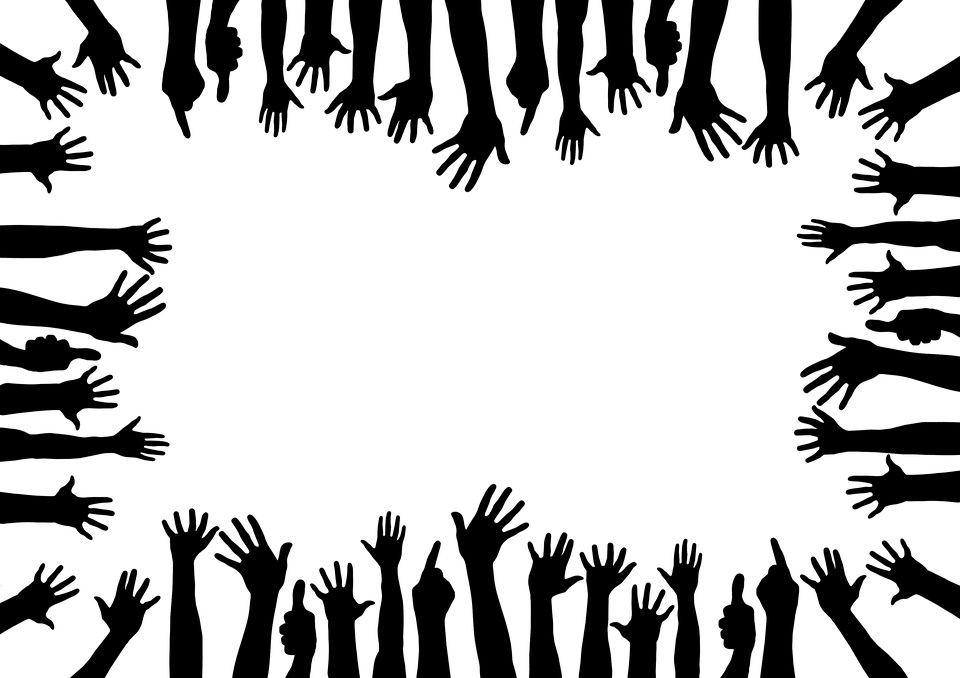Best Practices in Place-Based Grantmaking
Place-based strategies should look to use multi-level analysis that tracks changes beyond the place.

Nathalie Santos is a student in the UNC School of Government’s Master of Public Administration program and a researcher for ncIMPACT. A graduate of Temple University, she worked for a variety of education-focused nonprofits in the U.S. and Malaysia before coming to UNC. This is her first blog post for ncIMPACT.
Much like Future Ready Communities, place-based grantmaking focuses on a location or place instead of a specific program or service. The Aspen Institute and Council on Foundations offer various strategies for place-based grantmaking that can also inform efforts toward ensuring a community is future-ready. Read on for their recommendations and best practices.

A long-term approach to place-based grantmaking creates a realistic timeframe
Setting relatively short-term time limits in a place-based model underestimates the time it takes to build a strong relationship between the foundation and local players. It also misjudges the amount of time required to create goals between stakeholders. Funders who leave after three to five years often do not see positive results because they make incorrect assumptions about the community’s particular needs.
A longer-term commitment can foster greater community engagement, which can help residents develop an understanding about trade-offs associated with different decisions (Kubisch et al. 2010, 60). It also provides more time to help residents take the lead and own initiatives (30). Finally, a longer commitment means more time to pilot-test programs, gauge success, and fine-tune the models before scaling them up (62).
Grantmakers should strive to be changemakers
When working in marginalized communities, issues about race and class inequities require leaders who will challenge spoken and unspoken bias (Ahuja 2015, 10). Leaders must understand how current and previous systems influence opportunities. Having a better understanding of the community’s history and culture can also help overcome assumptions and bias that funders may hold. For example, many funders tend to favor organizations that are highly professionalized (10).
Funders must also recognize that communities and opportunities are not static
Many low-income families move to survive. As such, it may be difficult to track investments by individual or household. Therefore, place-based strategies should look to use multi-level analysis that tracks changes beyond the place. For example, they could measure the impact of education using a regional- or state-level analysis instead of a local metric. Examples of measures that tie regional context to community economic development include the Dynamic Neighborhood Taxonomy, Community Vitality Index, and Communities of Opportunity framework (Kubisch et al. 2010, 26).
When measuring impact, funders may confuse higher income with success. In reality, higher-income residents may have displaced longtime community members and investments may not support the needs of the existing community. Strategies to fight the negative externalities of gentrification include “building the organizing capacity of established residents, engaging with governments on economic development policies, and making Program-Related Investments in adjacent neighborhoods” (Ahuja 2015, 11).
Co-invest in good work already happening or emerging from community partners
Find organizations that have deep roots in the area, but simply lack resources, accessibility, or visibility. Investments tend to create better outcomes when they directly support high-quality programs or those with a clear record of success from research or experience. In highly distressed cities, however, investors may have little options for high-quality organizations—leaders may be stretched too thin to create a comprehensive agenda or challenge traditional power bases (Kubisch et al. 34). Creating a brand-new entity should be considered a last resort, and again, only when funders can make a long-term commitment (35).
Increased collaboration often leads to wicked problems with unintended consequences and no easy solutions. The Aspen Institute provides additional advice for effective collaboration:
- Peer organizations often have difficulty holding each other accountable (Kubisch et al. 2010, 59). To mitigate these concerns, funders emphasize the importance of written agreements to specify roles, strategies, plans, and expectations among different partners.
- Once agreements are memorialized, peer organizations should foster “bonding, intimacy, and trust” (57). Building the power of relationships can motivate staff, grantees, and partners to follow through on what they agree to do.
- One funder stated that “the most effective way to rein in a partner that begins to act like a ‘lone ranger’ is for the other partners together to remind each other of their ‘group aspirations’” (59).
Finally, place-based grantmakers must be prepared to learn as they go
Adaptability can lead to outcomes that are unplanned but nonetheless successful. For example, in a 2014 conference for place-based grantmaking, funders shared instances when they had used information about successful practices to change their approach in the moment, without waiting for an evaluation of results.
The strategies from the Aspen Institute and Council on Foundations can guide our approach to building Future Ready Communities. We must first recognize that community improvement will require a long-term commitment. It will take time to develop a deep understanding of the community’s history, culture, and assets. Finally, as our communities continue to change, we must be prepared to explore other outcome measures and learn as we go.

Want to learn more?
Sarah Ahuja. February 2015. Toward a Better Place: Conference Report. http://aspencommunitysolutions.org/wp-content/uploads/2015/03/Towards_a_Better_Place_Conference_Report.pdf.
Council on Foundations. 2013. “The Power of Place-Based Philanthropy: How to Make it Truly Work.” Fall Conference for Community Foundations. http://web.cof.org/2013fall/docs/placed-based-philanthropy-Issue-Brief.pdf.
Anne C. Kubisch, Patricia Auspos, Prudence Brown, and Tom Dewar. 2010. Voices from the Field III: Lessons and Challenges from Two Decades of Community Change Efforts. Washington, D.C.: Aspen Institute. https://assets.aspeninstitute.org/content/uploads/files/content/images/rcc/VoicesfromtheFieldIII.pdf.
